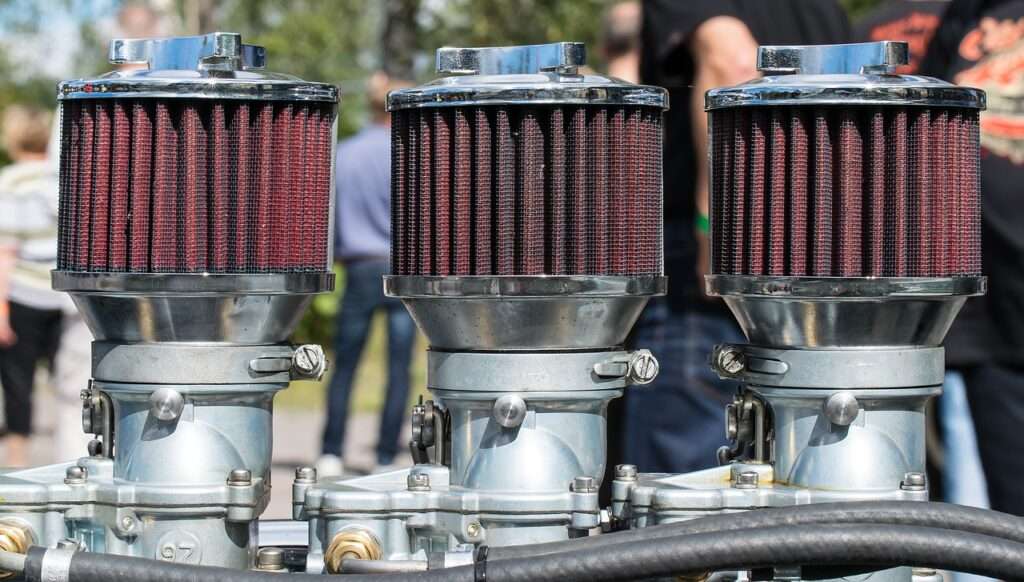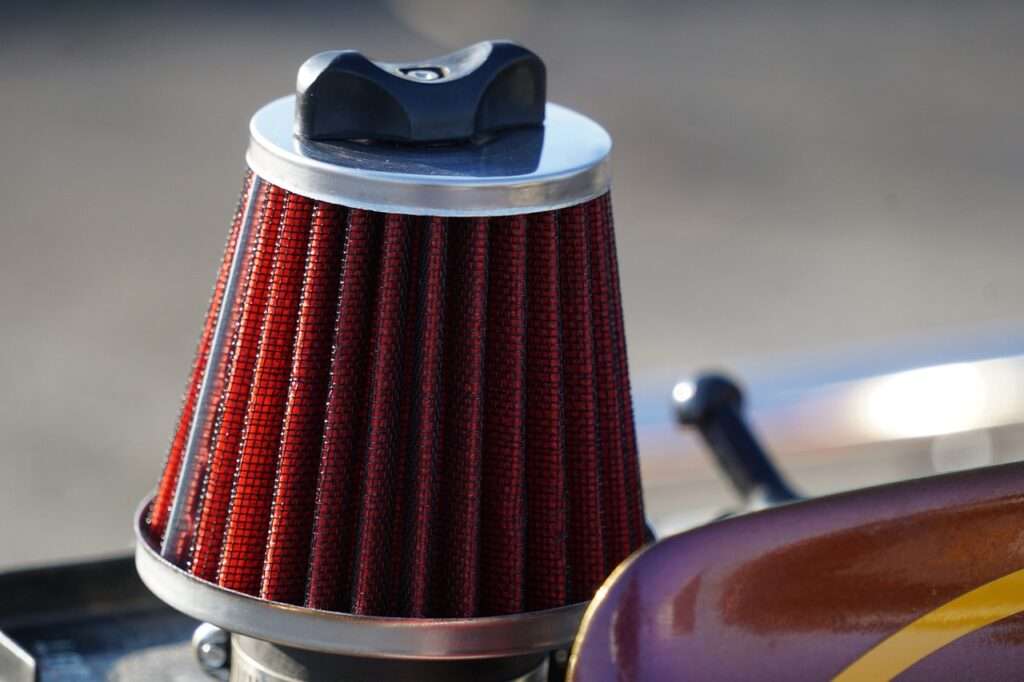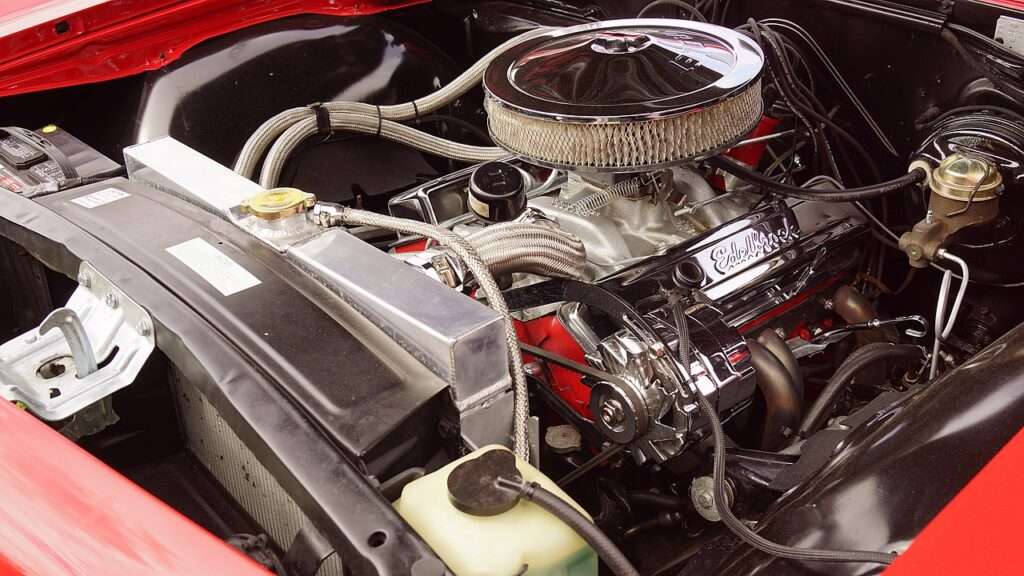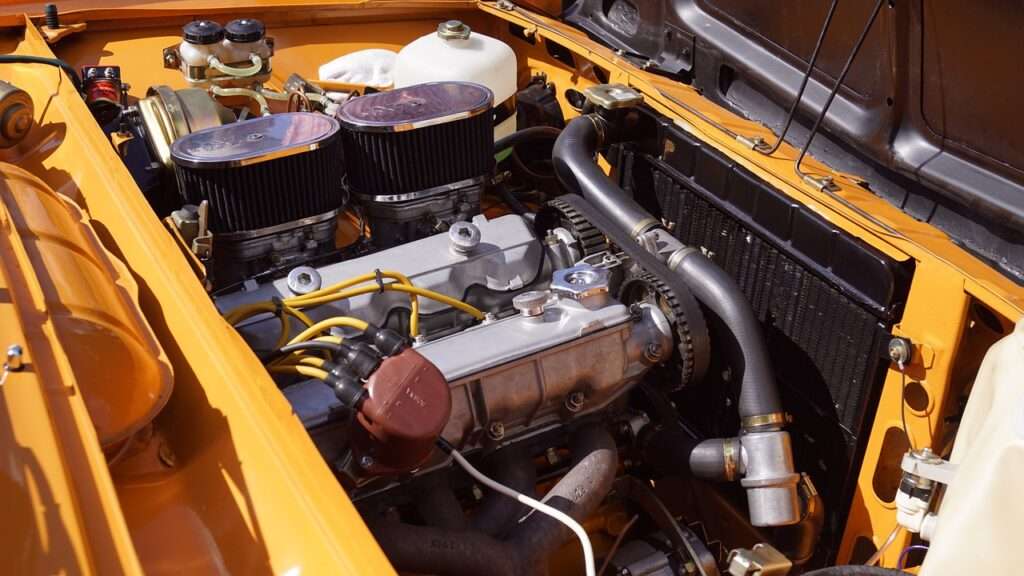
Replacing the Air Filter in Your Car is one of the easiest DIY car maintenance tasks that every car owner can do without the help of a mechanic.
The car air filter is essential for keeping your engine running smoothly by filtering out dirt, dust, and debris from the air entering the engine.
Replacing a dirty or clogged air filter can significantly improve engine performance, enhance fuel efficiency, and extend the life of your engine.
Why is Replacing Your Air Filter Important?
Boosts Engine Performance:
Your engine requires a precise balance of air and fuel to operate efficiently.
A clean air filter ensures optimal airflow to the engine, improving acceleration, horsepower, and overall performance.
This is especially important for drivers who notice a lack of power when climbing hills or merging onto highways.
Improves Fuel Economy:
A clogged air filter forces the engine to work harder, consuming more fuel in the process.
Regularly replacing your air filter can reduce your car’s fuel consumption by up to 10%, saving money on gas and reducing environmental impact.
Drivers searching for ways to save on gas or “improve fuel mileage” often start with an air filter replacement.
Prevents Engine Damage:
Dust and dirt particles can cause wear and tear on critical engine components if they bypass a dirty filter.
A clean filter provides a barrier, protecting your engine and preventing costly repairs.
If you’ve searched for “engine protection tips” or “how to avoid costly car repairs”, this is a simple step you can take.
What Tools Do You Need for Air Filter Replacement?

Before you start, gather these items:
New air filter:
Ensure compatibility with your vehicle’s make and model.
Many people search for “best air filters for [car brand]” when shopping for replacements.
Screwdriver:
Some car models require a screwdriver to open the air filter housing.
Cloth or handheld vacuum:
Useful for cleaning out dirt in the housing before installing the new filter.
Step-by-Step Guide: How to Replace a Car Air Filter

1_Locate the Air Filter Housing:
Open your car’s hood and look for the air filter box.
It’s usually rectangular or cylindrical and located near the top or side of the engine.
Search for “air intake system” in your car manual if you’re unsure.
2_Open the Housing:
Use a screwdriver to remove any screws or release the clips securing the housing.
Be gentle with plastic tabs to avoid damage.
Many people search for “how to open air filter housing” if they face difficulties.
3_Inspect and Remove the Old Filter:
Pull out the old air filter and check its condition.
If it’s coated with dirt, dust, or oil, it’s time for a replacement.
Search terms like “signs of a bad air filter” often lead to this step.
4_Clean the Filter Housing (Optional):
Wipe the inside of the housing with a clean cloth or use a vacuum to remove debris. Cleaning the housing prevents dirt from contaminating the new filter.
5_Install the New Air Filter:
Place the new filter in the same orientation as the old one.
Ensure it fits snugly with no gaps.
For drivers researching “how to properly install a car air filter”, this step ensures success.
6_Close the Housing:
Secure the housing cover with screws or clips, making sure everything is tight.
When to Replace Your Air Filter?

Replace the air filter every 10,000 to 15,000 miles, or as recommended in your car manual.
In dusty environments like deserts or off-road trails, consider replacing it every 5,000 to 7,000 miles.
Many drivers search for “how often should I change my car air filter” for guidance.
Common Searches Related to Air Filters
“Can a dirty air filter cause poor gas mileage?”
“How to increase engine performance without expensive upgrades?”
“DIY car maintenance tips for beginners.”
“Best air filters for fuel efficiency.”
Benefits of Replacing Your Car Air Filter
- Better Acceleration and Power:
After replacing the air filter, many drivers notice smoother acceleration and improved performance, especially when driving at high speeds or under load. - Improved Gas Mileage:
Clean air filters reduce fuel consumption, saving money in the long run. This is why “how to save on gas” is a popular search topic among American drivers. - Eco-Friendly Driving:
Clean filters reduce engine emissions, helping your car meet environmental standards and making it more eco-friendly. - Cost Savings:
Replacing the air filter is a cheap and easy maintenance task compared to the potential cost of repairing engine damage caused by a clogged filter.
